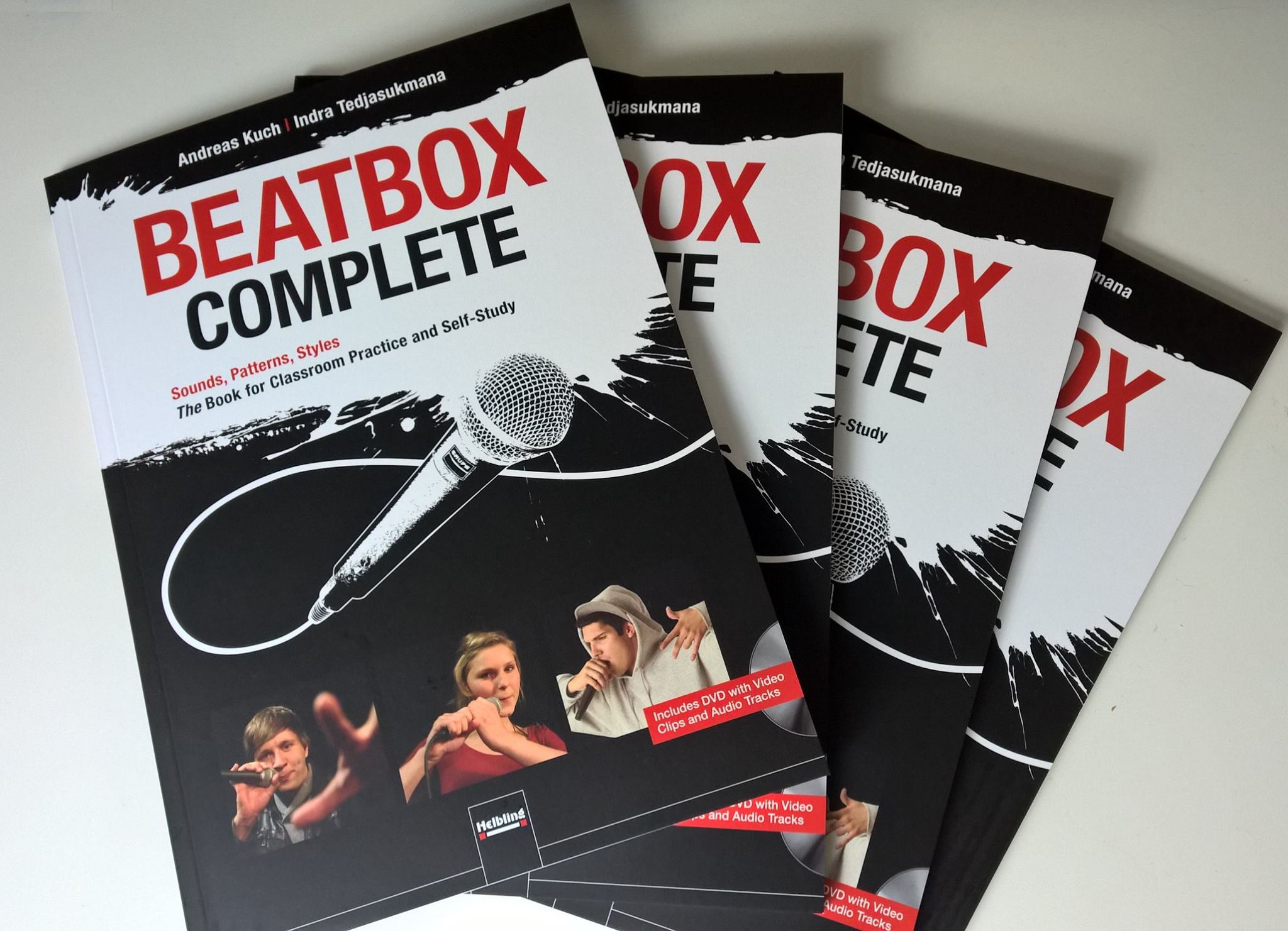The definitive book on beatboxing by the renowned beatbox performers and coaches Indra Tedjasukmana and Andreas Kuch.
Need a bite-size drum kit and percussion section? No instruments are required to achieve stylistic fluency with this book! It offers an easy and hands-on approach to the basics of beatboxing and is the ideal tool for classroom practice and self-study. All important beatbox sounds are explained with examples from various music styles, stretching from rock and ballads to hip-hop and Latin music.
Contents
- Basic beatboxing techniques and sounds
- Patterns and fills in four styles: rock, ballads, hip-hop, and Latin music
- Tandem beatboxing: patterns for two or more beatboxers
- Beatbox solo works: demanding solo pieces for impressive performances
- A special chapter on microphones
- A chapter devoted to optimizing your practicing routines and finding new sounds
The enclosed DVD contains 93 video clips, which explain the beatbox sounds and patterns. Demonstrations by the authors teach sounds, rhythms, and styles. Performances of the solo pieces offer authentic examples and creative impulses for your own interpretations.
The audio part of the DVD contains 32 audio loops and play-alongs in different styles, which act as groovy soundtracks to practice beatboxing and will help you develop a varied beatbox repertoire.
This book is ideal for
- Teachers who want to inspire their students, and vice versa
- Choir directors, choirs, and vocal ensembles who want to add a new dimension to their music
- Drummers, singers, beatmakers, DJs, MCs, and all other fans of groove
The introduction video (in German) is here:
Example page can be downloaded here.
And you can buy it here.


